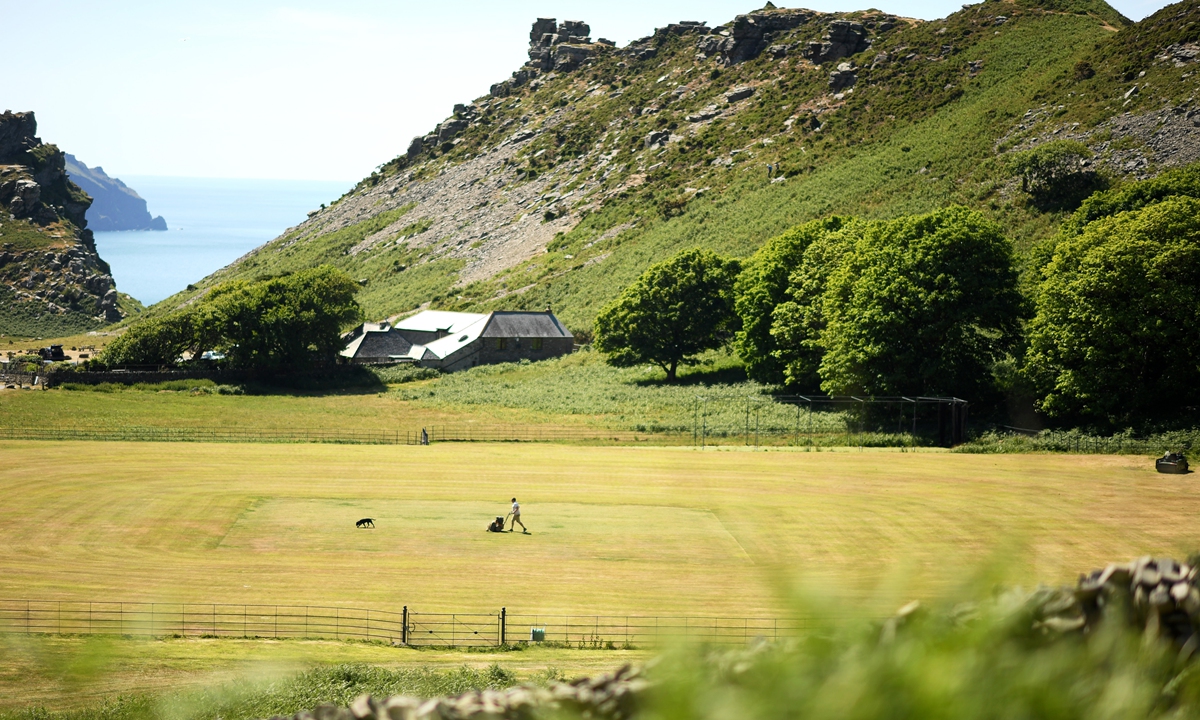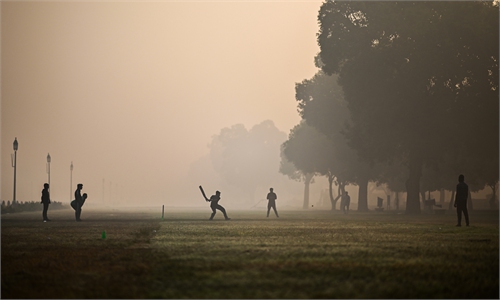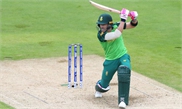UK’s MCC to discuss Cambridge’s suggestion in bamboo bat study
MCC to discuss Cambridge bamboo bat study
Marylebone Cricket Club said Monday it would discuss research that suggests cricket bats made from bamboo could provide a cheaper alternative to the traditional willow.

The article, published in the Journal of Sports Engineering and Technology on Sunday, also found the laminated bamboo bat possessed a larger sweet spot, making it "a batsman's dream."
However, the London-based MCC - the conservative custodian of cricket's laws - must approve any change to the material used to make bats from wood, with bamboo a type of grass.
Even if the rules were altered to allow bamboo to be classed as a wood, the laws would still need to be altered as they currently ban lamination of the blade, except in junior bats. Willow trees take 15 years to mature enough to produce cricket bats, whereas bamboo only requires five to six years and abounds in China, South America and Southeast Asia as well as cricket-obsessed India.
Bamboo bats could increase participation in lower-income countries thanks to lower production costs and make cricket much more sustainable without compromising quality, the study claimed.
MCC responded sympathetically to that point, saying in a statement that "sustainability is a relevant topic," with the study providing a "pertinent angle for further research." MCC added the topic of bamboo bats would be discussed at its next laws subcommittee meeting.
Earlier, study coauthor Ben Tinkler-Davies said: "Whether you're playing or spectating, you wouldn't notice much of a difference.
"Because laminated bamboo is so strong, we're very confident we can make a bamboo bat light enough, even for today's fast-scoring, short forms of the game."
The study found that bamboo is 22 percent stiffer than willow and that its sweet spot performed 19 percent better.
The prototype bat's sweet spot - the point where the ball is hit most effectively - is larger than a traditional bat's and located closer to the toe.
That allows it to transfer more energy to the ball, the researchers said.

Groundsman Alex Spice works on the square at Lynton and Lynmouth Cricket Club on June 1, 2020 in Lynton, England. Photo: VCG
The Cambridge University study said its prototype bamboo bat was cheaper to produce, more sustainable and stronger than willow blades and could grow the game worldwide.The article, published in the Journal of Sports Engineering and Technology on Sunday, also found the laminated bamboo bat possessed a larger sweet spot, making it "a batsman's dream."
However, the London-based MCC - the conservative custodian of cricket's laws - must approve any change to the material used to make bats from wood, with bamboo a type of grass.
Even if the rules were altered to allow bamboo to be classed as a wood, the laws would still need to be altered as they currently ban lamination of the blade, except in junior bats. Willow trees take 15 years to mature enough to produce cricket bats, whereas bamboo only requires five to six years and abounds in China, South America and Southeast Asia as well as cricket-obsessed India.
Bamboo bats could increase participation in lower-income countries thanks to lower production costs and make cricket much more sustainable without compromising quality, the study claimed.
MCC responded sympathetically to that point, saying in a statement that "sustainability is a relevant topic," with the study providing a "pertinent angle for further research." MCC added the topic of bamboo bats would be discussed at its next laws subcommittee meeting.
Earlier, study coauthor Ben Tinkler-Davies said: "Whether you're playing or spectating, you wouldn't notice much of a difference.
"Because laminated bamboo is so strong, we're very confident we can make a bamboo bat light enough, even for today's fast-scoring, short forms of the game."
The study found that bamboo is 22 percent stiffer than willow and that its sweet spot performed 19 percent better.
The prototype bat's sweet spot - the point where the ball is hit most effectively - is larger than a traditional bat's and located closer to the toe.
That allows it to transfer more energy to the ball, the researchers said.



